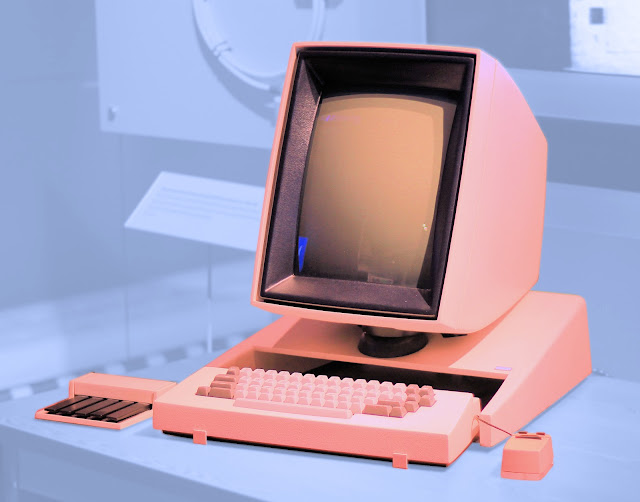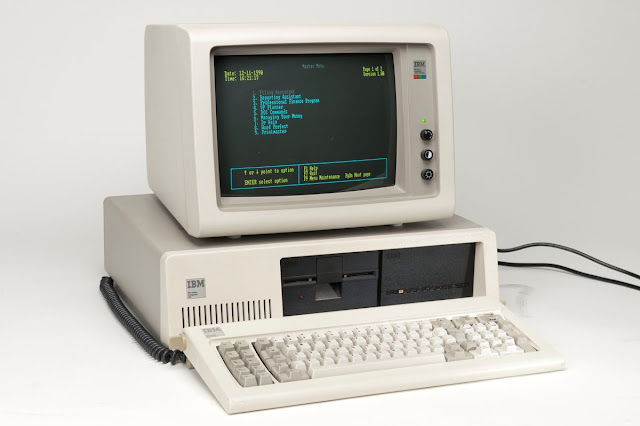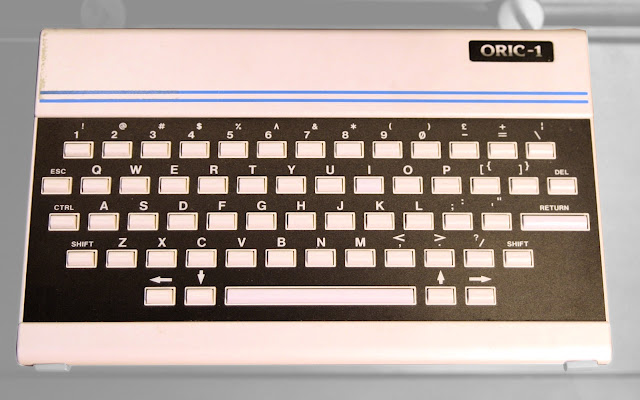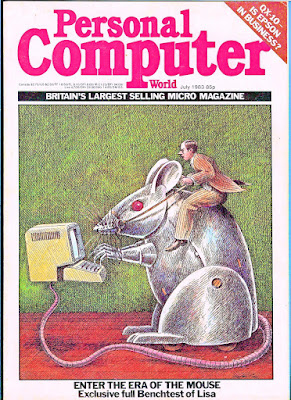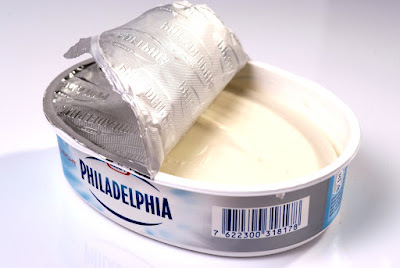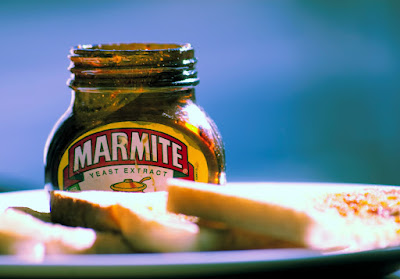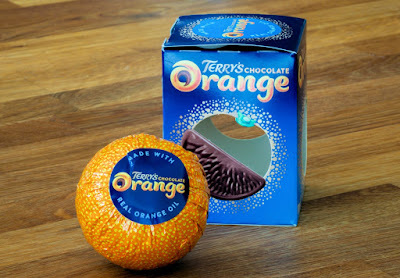We covered quite a bit of retro tech this year, but there are a few things we didn’t talk about that are still worth a mention.
Let’s start with the automotive world. One of the more unusual vehicles to ever be produced in quantity is the DUKW (colloquially called the “Duck”), a six-wheel drive amphibious vehicle designed during World War II and manufactured by General Motors from 1942 to 1945. Excelling in amphibious attacks and traversing beaches, the DUKW could carry supplies or troops in a wide variety of environments. 21,000 of these machines were built, and some are still in use as tourist attractions today.
Where the DUKW was a bit of a barge, the Volkswagen Phaeton – introduced in 2002 – was a different type of barge. A large luxury car, sharing some of its DNA with Bentleys, the Phaeton was a rare entry into the luxury car market for the Volkswagen marque. Elegant and very understated, the Phaeton was a very discrete vehicle which gained some fans, but most luxury buyers were not interested and it wasn’t a sales success even though production continued until 2016. Today, the Phaeton is an extremely inexpensive buy for what it is, but it can be prone to enormous garage bills if it goes wrong.
From real-world cars to a fictional one – the Knight Industries Two Thousand (or “KITT” for short) was one of the stars of the 1982 TV Show “Knight Rider”. Based on a Pontiac Trans Am, KITT featured its own AI system which was capable of self-driving, speech recognition and synthesis, in-car communications (all of which are available today) and… errr… well a load of stuff that frankly isn’t. 23 KITT cars were made for filming, but most of these were destroyed. A handful of originals survive, but you are most likely to come across a replica.
 |
| DUKW, Volkswagen Phaeton, KITT Replica |
Computers and cars came together in a different way with the 1982 Namco game, Pole Position. One of the first 16-bit arcade games,
Pole Position offered unrivalled gameplay for a racing game, usually coming in a sit-down version with a proper steering wheel, pedals and gear shifter. The highest-grossing game of 1983, the game was officially ported to post microcomputer platforms of the time with many unofficial clones.
Gaming was big in 1982, one mostly forgotten console that was launched that year was the ColecoVision. Selling strongly at launch due the bundled Donkey Kong game, this Z80-based system faded quickly and was out of production by 1985. Quite collectable today, a ColecoVision in good condition with games and accessories can cost you several hundred pounds.
Games consoles became popular in the 1980s, but the very first console was the Magnavox Odyssey launched in 1972. The basic but playable games were enhanced with accessories such as cards, dice and screen overlays. 350,000 Odyssey systems were sold over three years, today these are also very collectable with prices ranging from hundreds to thousands of pounds.
 |
| Pole Position, ColecoVision, Magnavox Odyssey |
Taking another step backwards, 1962 saw the world’s first computer-controlled factory running on the
Ferranti Argus industrial computer platform. Argus was originally designed for military applications, but it found its true strength in running as an industrial controller. Development continued into the 1980s, seeing use in everything from oil production to telecommunications, and importantly also in controlling nuclear power stations where they are still in use today.
Another technology designed originally for military use was the frequency-hopping spread spectrum. The concept was originally patented in 1942 as a way of preventing radio-guided torpedoes from being jammed by the enemy. A paper tape in the torpedo and guidance system allowed the radio frequency to change in a predetermined way, avoiding enemy jamming. This technology eventually found itself into Bluetooth and WiFi communications. Although this all sounds very dry, the inventor was Austrian-born actress Hedy Lamarr, who in addition to being one of the greatest actresses of her era was also a talented inventor.
While we are on the subject of war and weapons, the Gatling Gun was the world’s first widely-used machine gun, in service from 1862 with the US Army and finding its way into use worldwide until the early 20th century. The Gatling Gun marked the beginning of industrialised warfare and a technological arms race that continues to this day.
 |
| 1970s Ferranti Argus system, Hedy Lamarr, Gatling Gun |
120 years later, 1982 saw another technological race as the computer systems evolved rapidly in every market from home users to research institutions. One of the leading companies of the time was Digital Equipment Corporation (usually known as “DEC” or just “Digital”). The
DEC Rainbow was an attempt to compete for the same market as the IBM PC, running on both a Zilog Z80 and Intel 8088 processor, the Rainbow could run either CP/M or MS-DOS. Despite the “Rainbow” name, the machine was monochrome only by default, outputting to a monitor very similar to a VT220. Despite the support of one of the biggest names in the industry, it was not a success except for the iconic LK201 keyboard which was widely emulated.
Where the Rainbow was an attempt to create a new microcomputer from scratch, the DEC Professional was an attempt to shrink the PDP-11 into a desktop package. Although a promising idea, poor execution and market indifference let to its failure.
One of the more advanced machines of the time was the DISER Lilith, launched commercially in 1982 after being used as a research platform for a couple of years. Unusually, the Lilith ran Modula-2 and has a large portrait graphical display. Based in part on work done on the Xerox Alto, the Lilith was probably too advanced to be a sales success but remained influential, especially the mouse design which later influenced the first mice designed by Logitech.
If PDP-11s and the Lilith just weren’t powerful enough and you had very, very deep pockets you migth consider the Cray X-MP, launched in 1982 at an approximate starting price of $15 million. For that you got not only the fastest computer in the world, but also one of the most remarkable looks with a central processor core that looked like nothing else – complete with padded seats. The X-MP was a success, and there were a number of successors. Today, Cray is part of Hewlett Packard Enterprise.
 |
| DEC Rainbow, DEC Professional running as a VAX Conole, Lilith Prototype, Cray X-MP |
The X-MP was a niche but successful product, as was the
Bloomberg Terminal which was originally launched in December 1982. A specialist system aimed at stock market traders, the original terminal was a simple device that could connect to any type of financial data that Bloomberg could make available. Several generations followed, built on custom hardware and software. Today the Bloomberg terminal is still available, but the latest generation will cost you around $2000 per month.
Aimed at a rather broader market – which it failed to reach – the Jupiter Ace also ended up being popular with a very specific niche. Somewhat similar to the ZX81 in terms of hardware, the Ace had the unusual feature of running Forth as a programming language instead of BASIC. Forth was very well suited to simple computers, however it turned out that most customers wanted to learn BASIC instead. Despite making a splash at launch, sales were low and production ended in 1984. Today the Ace is very collectable with good examples selling for £1500 or even more.
1982 was a good year for computer systems that might have hit the big time had circumstances been different. The Sord M5 is one of those, an elegant Japanese system running on a Z80 with 16Kb of RAM, colour graphics and sound plus a cartridge slot. The M5 sold well in Japan, and saw some popularity in the UK (as the CGL M5) and Czechoslovakia. Locally-produced derivatives of the M5 also sold well in South Korea. Although it showed promise, by the time it hit the shops the market was becoming crowded and it didn’t last long. Working M5s in good condition can sell for £500 or more, and cartridges are worth around £50 to £100 or so.
 |
| 2010s Bloomberg Terminal, Jupiter Ace, Sord M5 |
Not all computing innovations are welcome. The world’s first computer virus –
Elk Cloner – was also invented in 1982 by Rick Skrenta. This boot sector virus infected Apple II floppy disks, although it usually did no real harm.
One other technology product to come to market in 1982 was the CD player. The world’s first model was the Sony CDP-101 launched in Japan in October. In the rest of the world, the Philips CD100 was the first available model. Sales were slow at first due to the cost, but by the late 1990s and early part of the 2000s the CD player became the most popular medium for music.
 |
| Elk Cloner, Sony CDP-101 |
A decade later, 1992 was a pretty good year for technology too. This was the year that
Windows 3.1 launched, a significant upgrade to the first usable version of Windows – Windows 3.0 launched in 1990 – version 3.1 added more polish and stability. For many people, Windows 3.1 was their very first experience of Microsoft Windows.
Perhaps not many Windows machines of that era are memorable, but the IBM ThinkPad launched in 1992 had a reputation for good design, robustness and reliability. A strong seller for IBM, especially to corporate customers, the ThinkPad line was eventually acquired by Lenovo in 2005 and is still made today.
An ideal peripheral to complement your Windows-based laptop might be the HP LaserJet 4. An exceptionally reliable laser printer, it was also more compact than previous models, easier to maintain, faster and gave better quality printouts. The LaserJet 4 was capable of producing over a million pages during its individual lifetime, and although parts did wear out they could be easily replaced. It was easy to connect to a LAN via an optional network card, or you could use a parallel cable. Although seemingly obsolete today, aftermarket spares kits are still available indicating that there are still LaserJet 4 series printers still in use.
 |
| Windows 3.1 box, IBM ThinkPad, HP LaserJet 4 |
Not every computer of the time was a Windows or Intel-based computer. The
Atari Falcon030 was the final evolution of the once-popular Atari ST line. Based on a Motorola 68030 CPU with a Motorola 56001 DSP supporting sound and graphics, the Falcon030 made a good games machine, was excellent for music and MIDI interfacing and came with a wide variety of expansion options. However, Atari was struggling and the Falcon030 was dropped just a year later. Around the same time Atari was working on the Falcon040, a 68040 power version. The Falcon is another collectable system, with prices for a good example being well in excess of £1000.
DEC was also coming up with innovative products in 1992. The DEC Alpha 21064 CPU was a powerful RISC processor designed for workstations and more powerful systems. Capable of much faster performance than Intel’s rival CPUs, the Alpha architecture saw some success in the 1990s but it faded away after DEC was bought out, first by Compaq and then by HP.
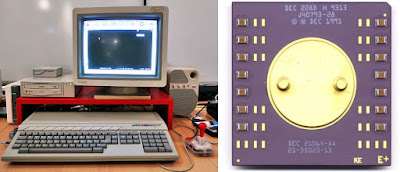 |
| Atari Falcon030, DEC Alpha 21064 |
Another decade later to 2002, and mobile phones were becoming popular, and some of these were beginning to blur the line between a phone and a computer with the introduction of smartphones. The
Sony Ericsson P800 was a Symbian-based device with a stylus-driven touchscreen and a camera, which is effectively one of the ancestors of modern smartphones today. Due to the high price and complexity, it didn’t sell in huge numbers but it did appeal to those who could see the advantage of having a computer in your pocket.
If you wanted something simpler and more robust, you could try the rubbery Nokia 5100. A weird-looking thing by modern standards, the 5100 comes from a golden age of phone design where every new model had its own distinctive looks. The 5100's key selling point was its robustness, although most Nokia phones of that era seemed pretty indestructible.
Technology was coming to other more mundane devices as well. The Roomba is an autonomous robot vacuum cleaner, first introduced in 2002. Capable of cleaning a floor by itself and then returning to its dock to recharge, the Roomba is more of a pet than a domestic appliance – sometimes needing rescuing when it has gotten itself stuck on something. Twenty years of development have made Roombas even smarter.
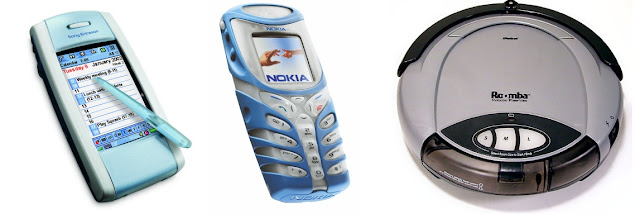 |
| Sony Ericsson P800, Nokia 5100, 2002-era Roomba |
Finally… well, a different sort of invention altogether. 120 years ago in 1902, the
Teddy Bear was invented. Named after President Theodore Roosevelt, the teddy became the most popular type of
soft toy of all time. Go and cuddle one right now.
 |
| 1903 Teddy Bear |
Image credits:
DUKW: 270865 via Flickr - CC BY-ND 2.0
VW Phaeton: Greg Gjerdingen via Wikimedia Commons - CC BY 2.0
KITT Replica: Interceptor73 via Wikimedia Commons - CC BY 2.0
Namco Pole Position: Steve McFarland via Flickr - CC BY-NC 2.0
ColecoVision: Georges Seguinia via Wikimedia Commons - CC BY-SA 3.0
Magnavox Odyssey: Jesmar via Wikimedia Commons - CC BY-SA 3.0
Ferranti Argus 700: Rain Rabbit via Flickr - CC BY-NC 2.0
Hedy Lamarr: MGM via Wikimedia Commons – CC0
Gatling Gun: Max Smith via Wikimedia Commons – CC0
DEC Rainbow 100: David Alcubierre via Flickr - CC BY-SA 2.0
DEC Professional running as VAX Console: Michael L. Umbricht via Wikimedia Commons - CC BY-SA 4.0
Prototype Lilith: Tomislav Medak via Flickr - CC BY 2.0
Cray XMP: Rama via Wikimedia Commons - CC BY-SA 2.0 FR
2010s Bloomberg Terminal: E.W. Scripps School of Journalism - CC BY-NC 2.0
Jupiter Ace: Soupmeister via Flickr - CC BY-SA 2.0
Sord M5: Staffan Vilcans via Flickr - CC BY-SA 2.0
Elk Cloner: Richard Skrenta via Wikimedia Commons – CC0
Sony CDP-101: Museo Nazionale Scienza e Tecnologia Leonardo da Vinci via Wikimedia Commons - CC BY-SA 4.0
Microsoft Windows 3.1: Darklanlan via Wikimedia Commons – CC0
IBM ThinkPad: Jarek Piórkowski via Flickr - CC BY-NC 2.0
HP LaserJet 4: DuffDudeX1 via Wikimedia Commons – CC0
Atari Falcon030: Wolfgang Stief via Flickr – CC0
DEC Alpha 21064: Dirk Oppelt via Wikimedia Commons - CC BY-SA 3.0
Sony Ericsson P800: Sony Ericsson Press Release
Nokia 5100: Nokia Press Release
Roomba: Larry D Moore via Wikimedia Commons - CC BY 4.0
1903 Teddy Bear: Tim Evanson via Flickr - CC BY-SA 2.0


